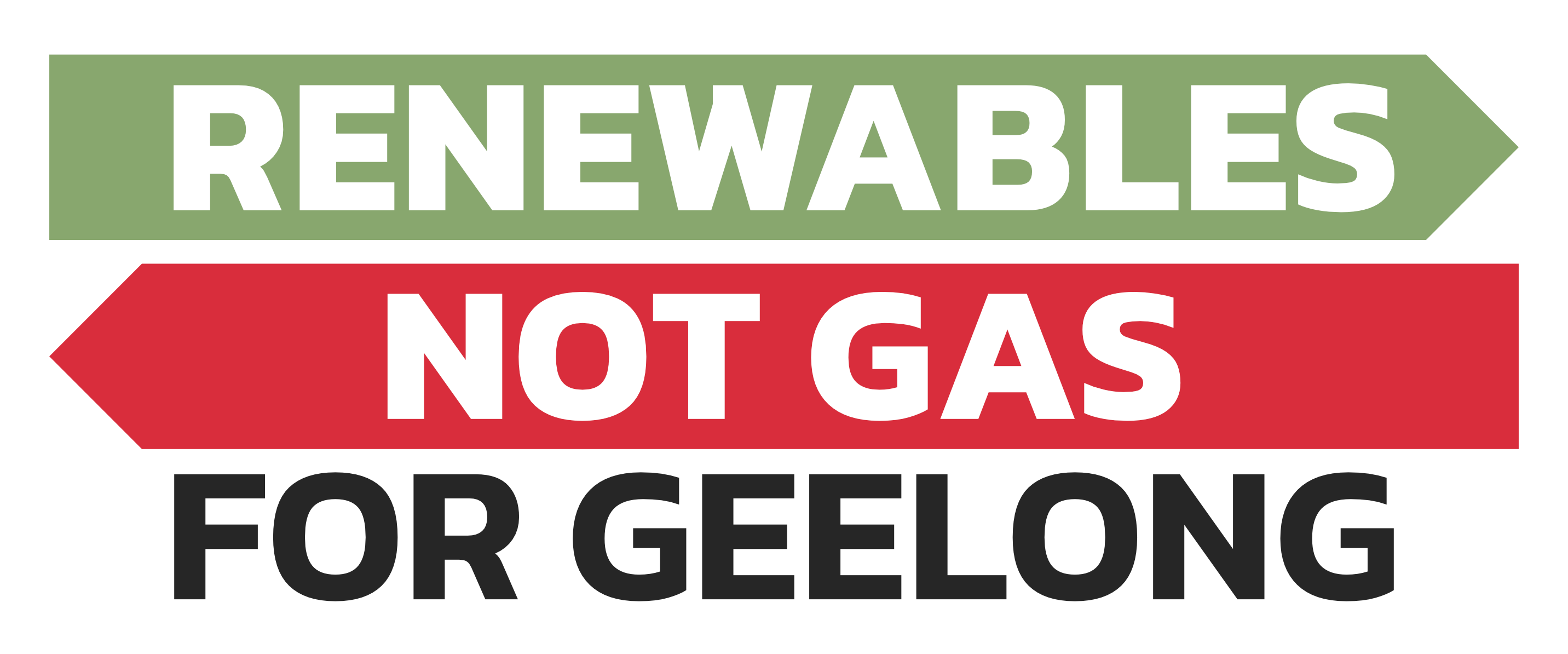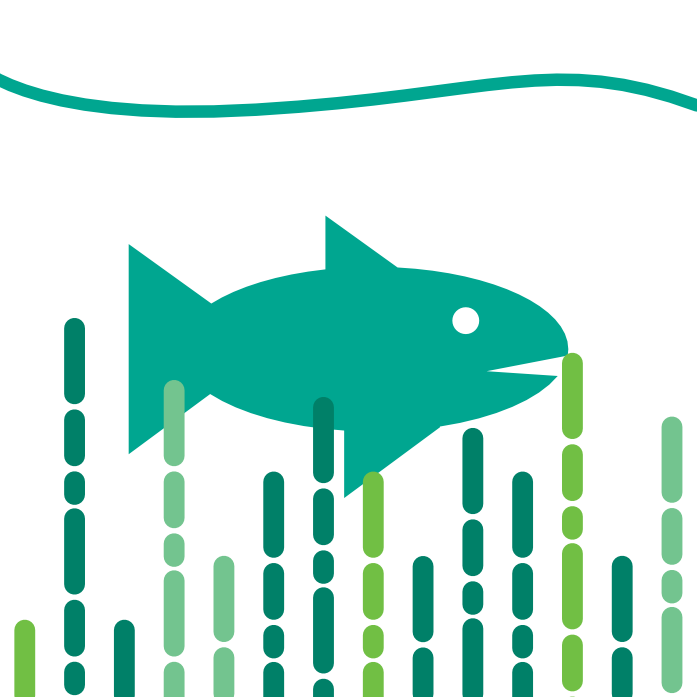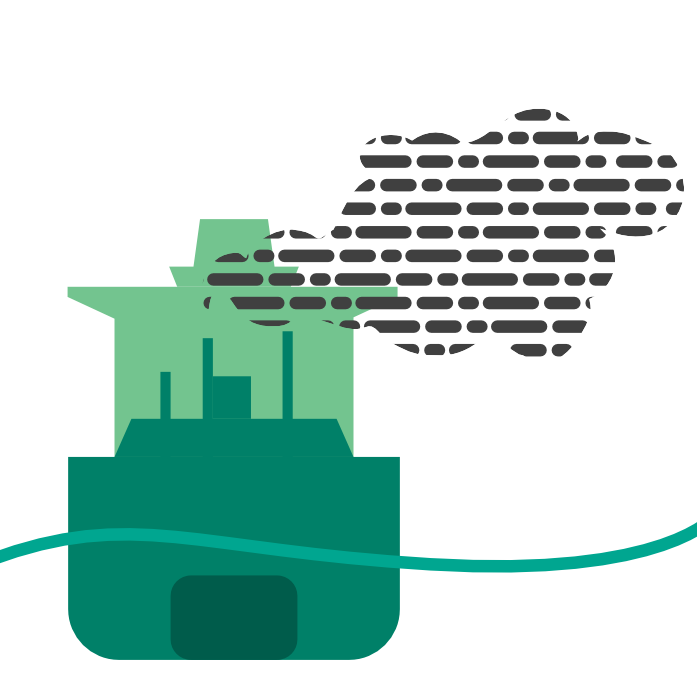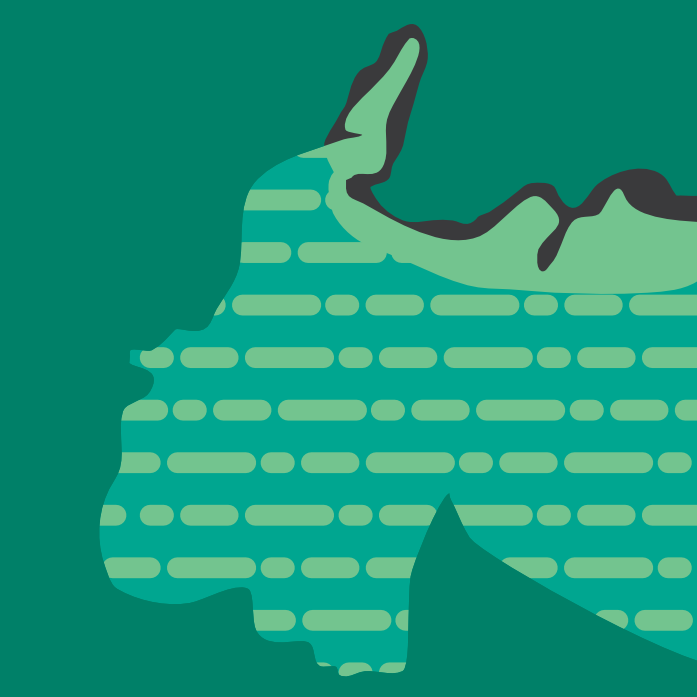EES Hub
Current Status: October 2024
Fighting the terminal again
In March 2023, the Victorian Planning Minister announced that Viva Energy’s environment statement for the project had serious deficiencies – sending them back to the drawing board to redo crucial studies on marine ecology, noise impacts, air pollution and cultural heritage.
The community breathed a sigh of relief and many of us hoped Viva would drop the project. Instead, they’ve come back for a second round.
That means yet another Environment Effects Statement with submissions and hearings. It means we're being forced to check Viva's homework again. But it's also a chance to show Viva – and the rest of the gas industry – that local communities, backed by people around the state, will be there to uncover every short-cut and fight fiercely for our climate and precious local places.
What is an EES and how does it work?
When the government judges a project to present a risk to the environment, they request that the applicant (Viva) prepare an Environmental Effects Statement.
Viva pays for various studies into different aspects of the environment that their proposal might effect and submits them to the Government for review, this is called an Environmental Effects Statement.
02
Where can I read the EES?
Viva have published the EES on their website. You can access it below.
03
We’ve teamed up with experts and local community groups to bring you a webinar on Tuesday 15 October covering key aspects of their proposal and what you can do to help.
04
Can't make the webinar? Download our guide to making a great submission below




